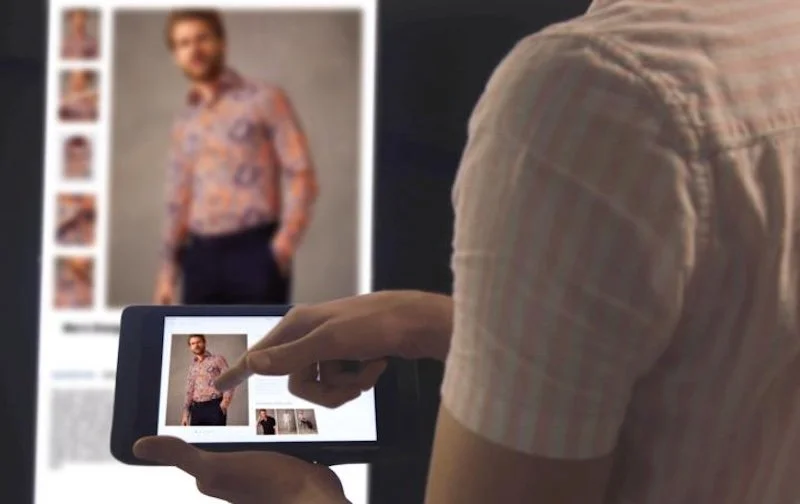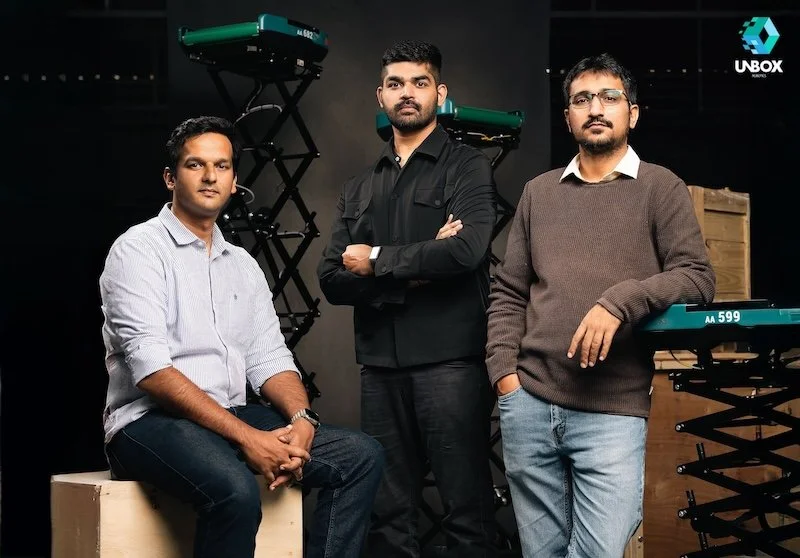The human touch might be all you need to create the retail experience your customers expect
By Neil Hammerton, CEO and Co-founder, Natterbox
In these challenging times, many High Street retailers are turning to some of the most advanced technologies in order to try and lure customers back into physical stores and maintain their loyalty. But when 73% of people simply want their shopping experience to be easier, seeing yourself as a dancing panda on a large screen might not be the kind of experience they will leave the comfort of their home for. Instead, brands should be focusing on creating the kind of personalised, streamlined experience that will foster customer loyalty – and a crucial step to getting there is investment in the human touch.
The High Street landscape is changing
Back in the day when iPhones weren’t even an idea in Steve Jobs’ brain, the only alternative to shopping on the High Street was sitting in your front room browsing a catalogue and making an order via the phone. And since having a subscription to multiple catalogues often wasn’t an option, brand loyalty was at an all-time high.
Retailers could connect with their returning customers on a personal level over the phone and had the ability to offer specific advice and tailored conversation to ensure they came back. In today’s digital world, however, there are lots of different channels available, which leads to significantly greater complexity when it comes to offering the right customer experience.
Online shopping has opened consumers up to a whole host of alternative retailers that might be able to offer something cheaper or better quality than the usual High Street stores. And not only that, customers are also able to directly compare prices and products on one computer screen.
Consequently, today’s shopping process involves spending a significantly greater amount of time researching and considering purchases before committing to them. Which means brand loyalty is lower than ever as consumers now swap and change the retailer they choose to buy from depending on which better meets their needs at different times. The priority for retailers is therefore to find new ways of appealing to their customer base to ensure they keep coming back.
One avenue many fail to exploit is the masses of data created through customer interactions and transactions which, if used in the right way, could offer a real competitive advantage. As maintaining a human connection with customers continues to become a challenge with more choosing to shop online, having the ability to personalise any interaction, especially over the phone, through the analysis of the available data could be crucial.
It’s personalisation that makes a difference
Brands are increasingly investing in chatbot systems to communicate with their customers and, paired with voice assistants such as Amazon’s Alexa, consumers are increasingly becoming used to interacting with human-sounding synthetic voices.
However, it’s important to remember that, although a great step forward in the digital world, this kind of technology still has its limitations, especially in an age when customers become increasingly likely to pick up the phone when presented with an issue that can’t be resolved online.
Retailers now argue that chatbots and automatised telephony platforms are making the customer journey more efficient and streamlined. But, in reality, it risks stripping customer communication of precious personalisation and the human touch.
We’ve all experienced the pain of trying to call a retailer’s customer service line and having to press an infinite number of keys only to get through to an automated voice that will make us wait on the line whilst letting us know that we’re number 20 in the queue. And now we are at the point where even the “person” we are talking to is a digital platform. This creates a barrier between brands and customers.
This barrier is also separating brands from the wealth of data insight into a customer’s history that companies gather through interactions and that, if used wisely, could be the key to creating a significantly more personalised and seamless customer experience.
AI will be crucial to capitalise on these interactions, but there are alternative ways to benefit from the technology than chatbots. AI is now being developed to allow retailers to analyse phone calls and immediately pick up essential data from them.
For instance, when an existing customer calls, AI technology will be able to tell the retailer’s representative who the customer is, what they previously called about, what products they have purchased, and so on by providing a 360-degree view of all the customer’s previous interactions on the phone with the brand in front of their eyes.
Being at the forefront of transformation
Ultimately, the retail industry is undergoing possibly the biggest transformation it has ever seen, and it is up to the retailers themselves to decide whether they sink or swim as waves of technology innovation continue to disrupt the landscape.
But ensuring they are able to provide a highly personalised experience for their customers across all communication channels may just be the difference in retaining brand loyalty to stay afloat during these turbulent times.










Continue reading…